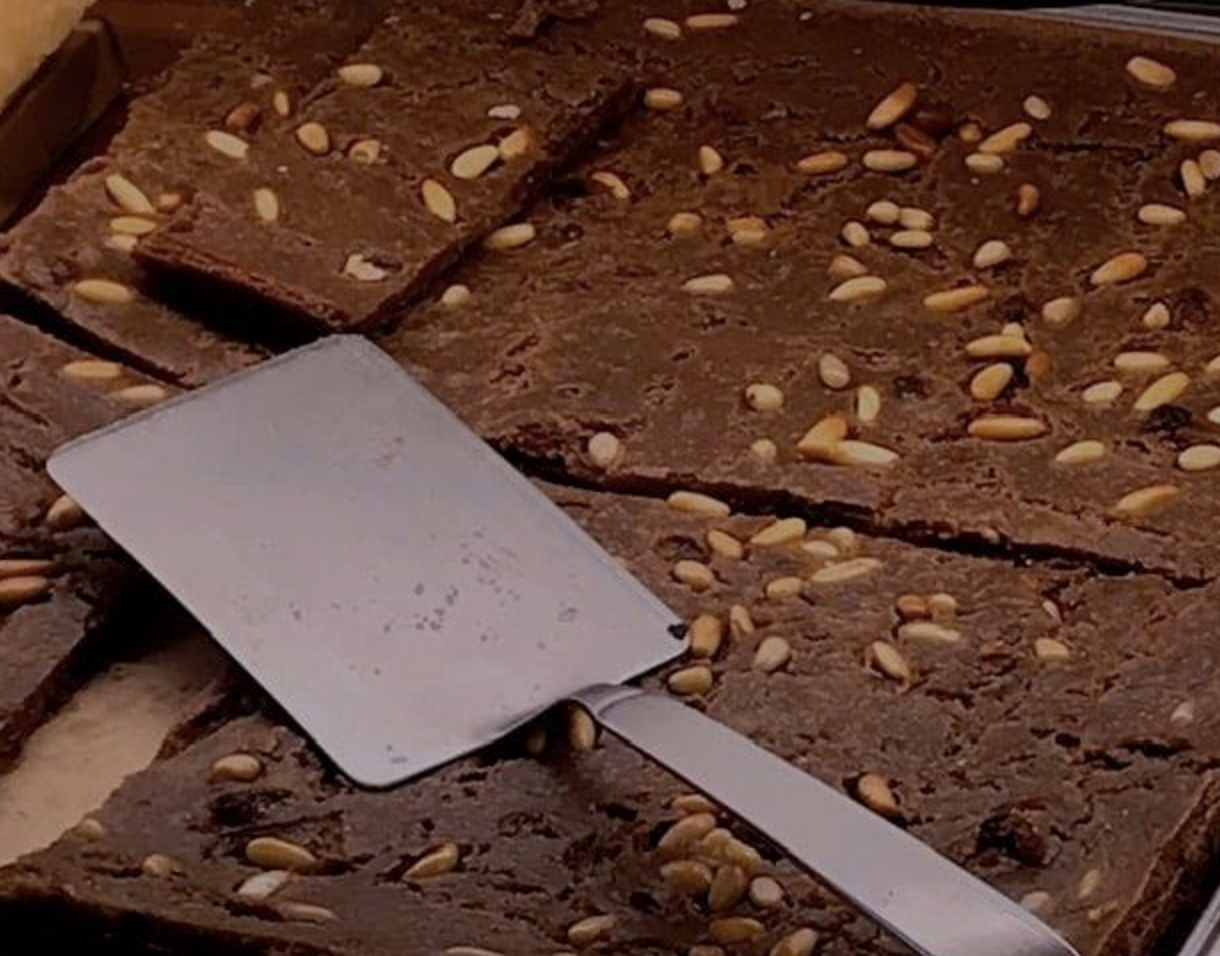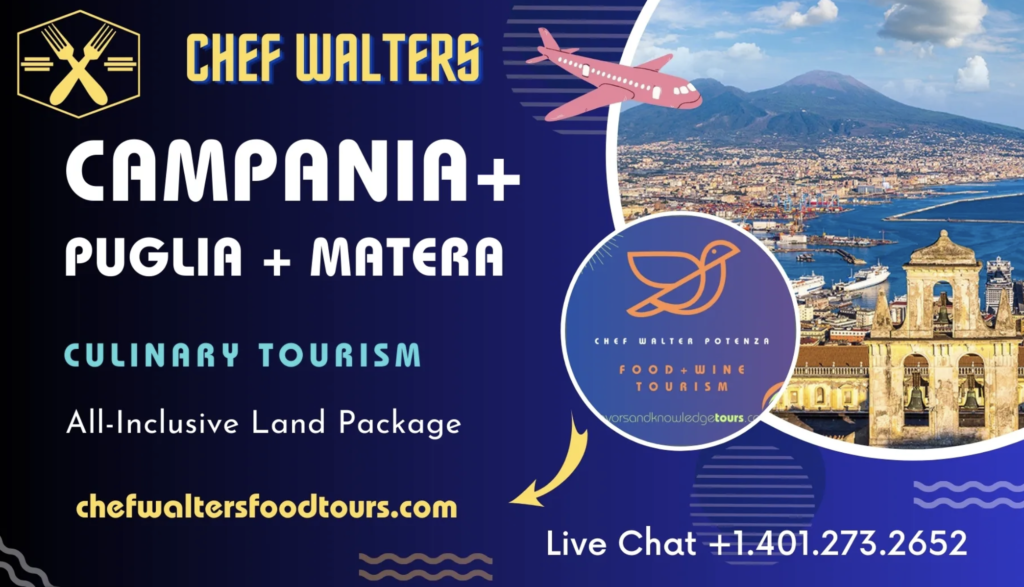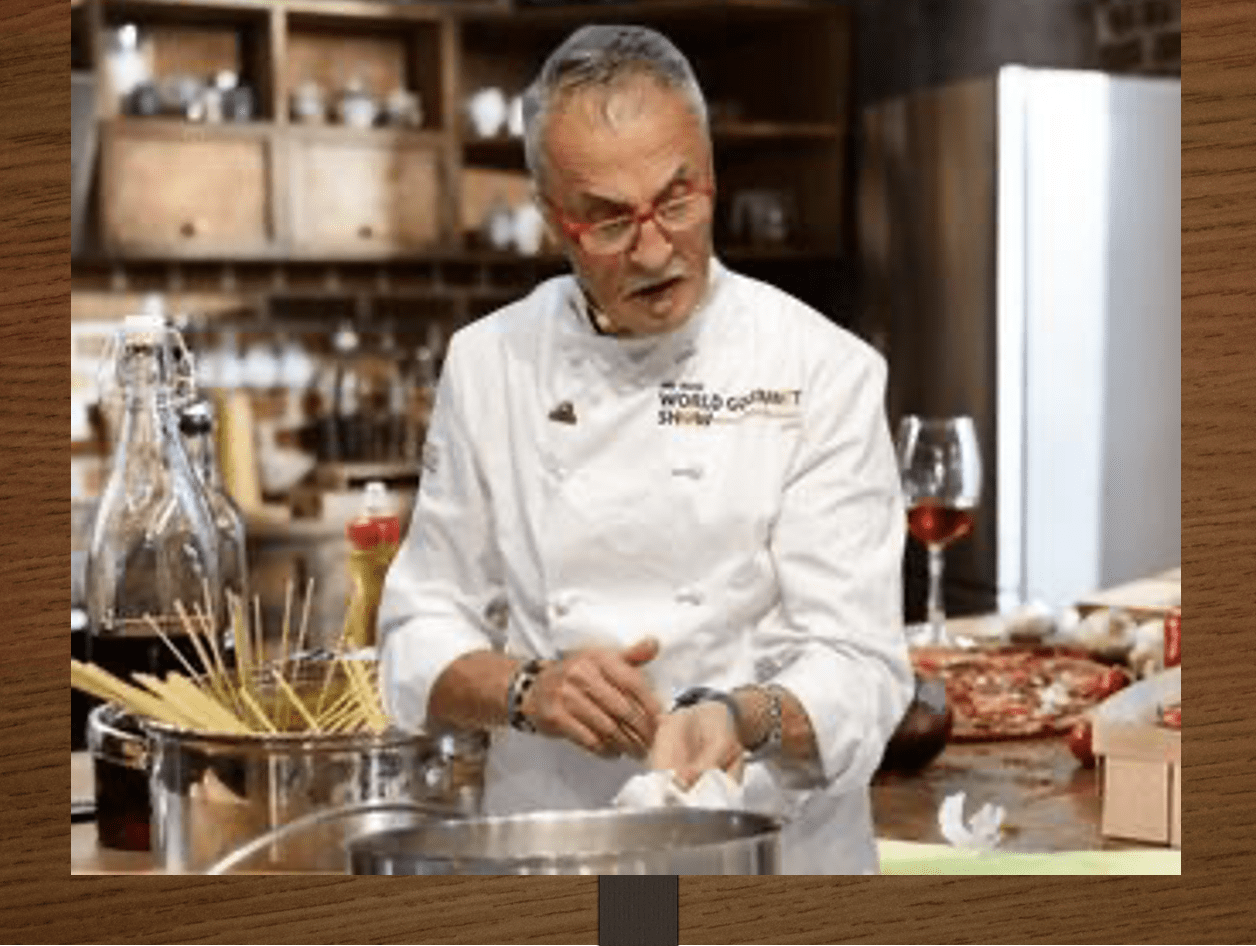Search Posts
Recent Posts
- Rose Island experts Sean O’Connor and Michael Simpson – G. Wayne Miller, Ocean State Stories June 11, 2025
- Time for Sour Grapes! – 6.11.25 – Tim Jones June 11, 2025
- Rhode Island Weather for June 11, 2025 – Jack Donnelly June 11, 2025
- What you should know about Social Security if your spouse passes away – Cheryl Tudino, SSA June 11, 2025
- It is what it is… 6.11.25 – Jen Brien June 11, 2025
Categories
Subscribe!
Thanks for subscribing! Please check your email for further instructions.

Ask Chef Walter: Some Chest-nutting, Castagnaccio – Walter Potenza
by Chef Walter Potenza, contributing writer
Friends:
In this article we cover the chestnut and one of the famous dishes created named Castagnaccio. During a recent food tour to Tuscany, I stopped at the Pasticceria Pugi in Florence and sampled the traditional and ancient recipe.
Much like cereals, a remarkable fruit rich in complex carbohydrates, the chestnut hails from the mid-mountain forests, where it has thrived as a staple food for centuries. Revered as “the poor man’s bread,” chestnuts sustained mountain communities through autumn and winter, offering a crucial food source when other crops were scarce.
This unique fruit, rounded on one side and flat on the other, has a hardy brown shell encasing a light pulp, all cloaked in a delicate, reddish-brown film. Nutritious and untainted by chemicals, chestnuts remain one of the few truly “natural fruits” whose shell naturally guards it, making its agricultural production organic. The historical significance of chestnuts as a staple food for mountain communities adds a rich cultural heritage to their nutritional value.
Autumn brings anticipation for chestnut enthusiasts, eager to savor this seasonal delicacy. The fortunate may have chestnut trees gracing their gardens, where the fruits fall at their feet. In contrast, others seek out chestnut festivals, combining the pleasure of a woodland stroll with their love for the fruit. For many, the easiest path is the marketplace or local grocery. However, when obtained, chestnuts adapt beautifully to diverse culinary applications.
Here are a few beloved ways to enjoy them.
The most traditional method of enjoying chestnuts is roasting. Prepared over a fire in a perforated pan, roasted chestnuts—fondly known as caldarroste—have a rich, smoky flavor. However, due to occasional uneven cooking, roasted chestnuts can be slightly challenging to digest; thus, a small cut in the shell helps ensure better results.
Chestnut cream is a wonderfully sweet creation that pairs well with ricotta or yogurt, stands alone as a treat, or serves as a luscious filling for crepes. This is just one of the many ways chestnuts can be enjoyed. They also star in a variety of sweets and preserves. Once dried, chestnuts are ground into flour, a versatile ingredient in classic dishes like castagnaccio, chestnut fritters, crepes, mousse, and rustic polenta. The possibilities are endless, and experimenting with chestnuts in the kitchen can lead to innovative culinary discoveries.
In bygone days, chestnut flour was stored in wooden boxes to protect it from air and light, ensuring freshness through winter. This flour fueled hard-working mountain folk with energy, particularly in the cold months, when they would enjoy it as polenta or castagnaccio with pine nuts, raisins, and orange peel or as fritters topped with ricotta.
Chestnuts and their larger, refined cousins, marrons, are true autumn icons. They ripen around late September and are available until December. They fall naturally in these months, marking the transition from summer to winter. Euro-Japanese hybrids appear in early September, and Japanese varieties arrive in late August.
Whether gathered by hand or found in stores, chestnuts’ seasonal availability adds to their allure, making them an enduring symbol of sustenance and seasonal pleasure.
Inspired by the recent interest in chestnuts, let’s dive deeper into one of the classic variations of castagnaccio, a humble, centuries-old chestnut cake. Castagnaccio traces its origins back to the 16th century, when it was crafted simply from chestnut flour and water, reflecting its modest beginnings. While its exact origin is unclear, the 1553 work Commentario delle più notabili et mostruose cose d’Italia e altri luoghi by Italian humanist Ortensio Lando attributes its creation to Pilade da Lucca. However, little else is known about this figure.
By the 19th century, Tuscans had begun sharing castagnaccio across Italy. Known for its compact yet tender texture, this autumnal cake is naturally gluten- and lactose-free. Today, nearly every region—and sometimes, every baker—has its twist on this timeless favorite.
Here’s mine on Castagnaccio, which is made with milk.
Castagnaccio
Ingredients for a 9-inch flat pizza pan with 1-inch high sides
1 pound of chestnut flour (check expiration date)
Four tablespoons of sugar
Pinch of sea salt
Three tablespoons of olive oil
1tablespoon of grated orange zest
Four tablespoons of soaked, squeezed dark raisins
Two tablespoons of pine nuts
Two tablespoons of walnuts, chopped
Whole milk as needed (warm). Substitute with almond milk if lactose intolerant.
Procedure
Sift the chestnut flour, add the sugar and a pinch of salt. Add two pints of cold water in a thin stream, whisking constantly so that lumps do not form. Add the olive oil, orange peel, raisins, pine nuts, and walnuts. Add milk little by little until you achieve a stiff consistency. Pour the batter into a greased (oil) flat pizza pan large enough that the mixture is 1/2 -inch thick. Dribble some oil on top. Bake in a preheated oven at 400F for about 35 minutes. Serve warm or cold. It can also be served with whipped cream. Occasionally, I replace fennel seed in place of walnuts.
Heading Image Castagnaccio from Pasticceria Pugi in Via Doni, Florence, Italy
___


www.chefwalterscookingschool.com
www.flavorsandknowledgetours.com

___

Meet Chef Walter!
There is a constant, recognizable thread in the career of Walter Potenza to elevate the level of Italian culinary culture in the United States. Besides his unquestionable culinary talent and winning business perspective, Chef Walter has been a relentless educator with passion and knowledge who defeats stereotypes. His life, career, and values are a model, an example to follow by any chef of Italian gastronomy working outside Italy.
Chef Walter appears regularly on National and International Networks such as Food Network, ABC, CBS, NBC, RAI, FOX, and Publications such as NY. Times, Washington Post, Wall Street Journal, Food & Wine, Saveur, Gourmet, and several Italian media outlets. And now – RINewsToday!
Flavors + Knowledge – Get the latest on food, wine, travel, cooking and culture flavorsandknowledge.com
